
Filter News
Area of Research
News Type
News Topics
- Biology (1)
- Biomedical (1)
- Climate Change (1)
- Composites (1)
- Computer Science (3)
- Cybersecurity (2)
- Energy Storage (1)
- Fusion (1)
- Grid (2)
- Isotopes (3)
- Materials Science (2)
- Microscopy (1)
- Molten Salt (1)
- Nanotechnology (1)
- Nuclear Energy (2)
- Physics (2)
- Polymers (2)
- Security (2)
- Space Exploration (1)
- Transportation (3)
Media Contacts
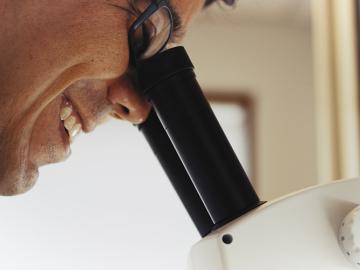
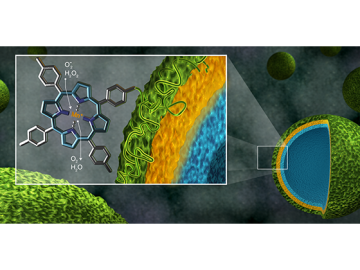
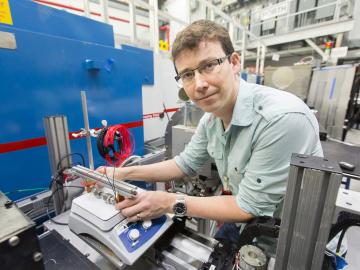
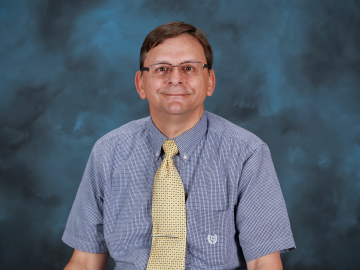
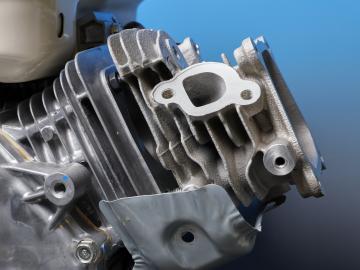
Four technologies developed at the Department of Energy’s Oak Ridge National Laboratory have earned 2018 Excellence in Technology Transfer Awards from the Federal Laboratory Consortium for Technology Transfer (FLC). The FLC is a nationwide network of more than 30...


Researchers are looking to neutrons for new ways to save fuel during the operation of filters that clean the soot, or carbon and ash-based particulate matter, emitted by vehicles. A team of researchers from the Energy and Transportation Science Division at the Department of En...
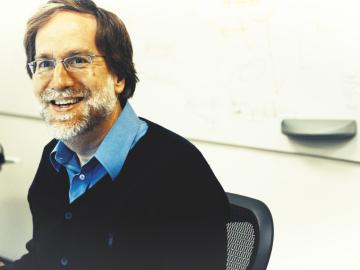
Dan Jacobson is illuminating the workings of biological systems from the molecular scale up by leveraging Oak Ridge National Laboratory’s supercomputing resources to create machine- and deep-learning techniques more easily understood by humans




